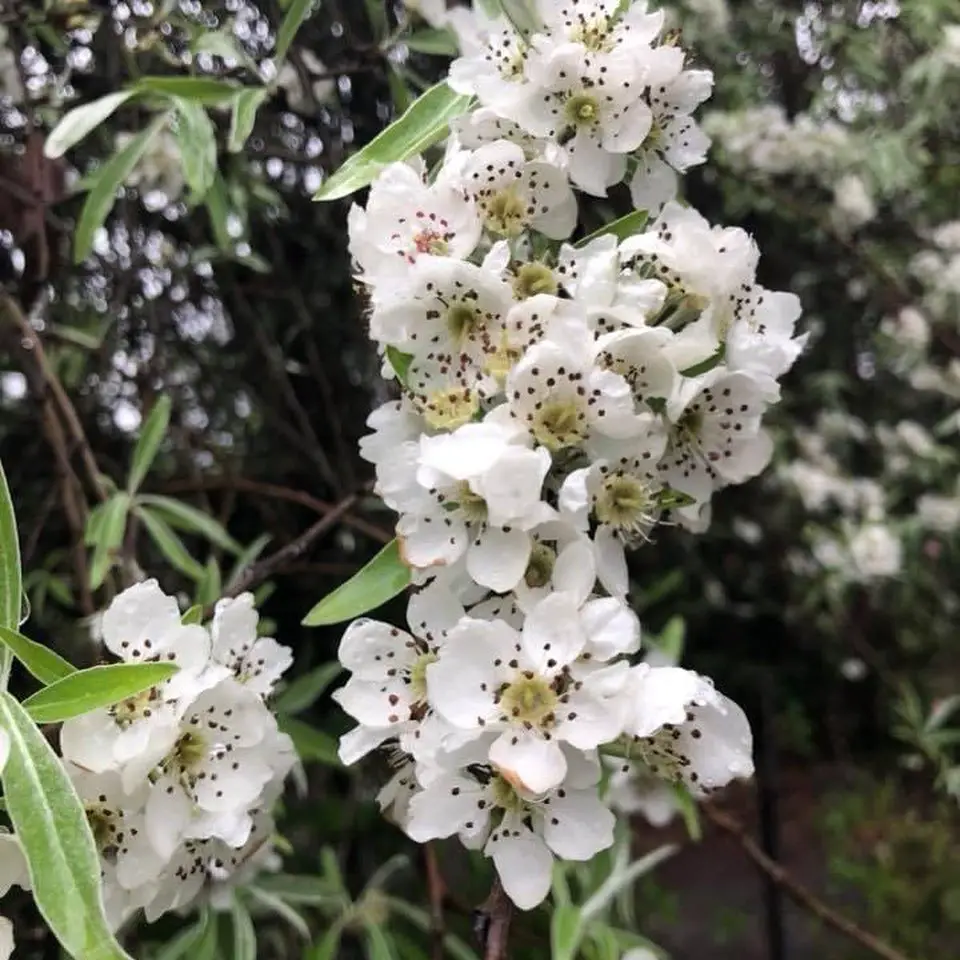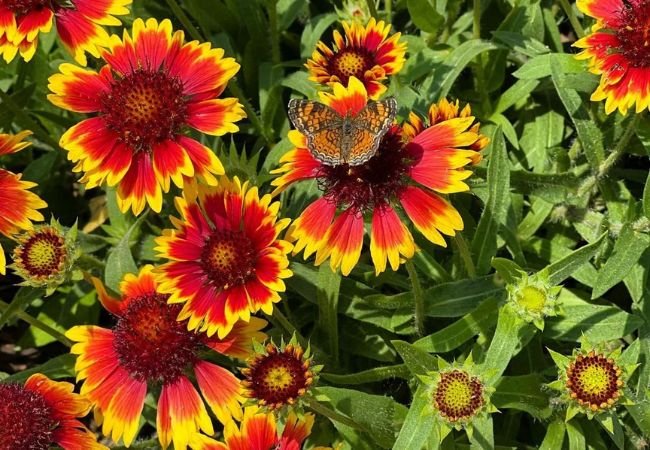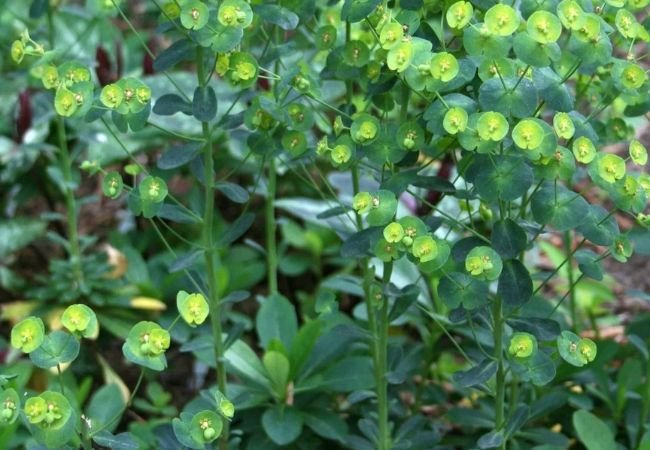Discover how to grow and care for Exochorda racemosa (Common Pearlbush) with expert tips from Ashley Scott. Learn about varieties, pruning, and more for stunning spring blooms!

With 10 years of gardening under my belt, I’ve grown countless shrubs, but few rival the springtime magic of Exochorda racemosa, commonly called Common Pearlbush. This underrated beauty bursts with pearl-like buds that open into cascades of white blooms, earning its poetic name. Whether you’re a novice or seasoned gardener, here’s everything you need to know about cultivating this showstopper.
Here’s an easy-to-understand chart for Common Pearlbush:
| Attribute | Details |
|---|---|
| Botanical Name | Exochorda racemosa |
| Common Name | Common Pearlbush |
| Plant Zone | 4-7 |
| Sun Exposure | Full Sun to Partial Shade |
| Soil Type | Well-drained, loamy or sandy soil |
| Watering | Moderate, keep soil moist but not waterlogged |
| Growth Habit | Deciduous shrub |
| Height/Spread | 10-15 feet tall, 10-15 feet wide |
| Special Features | Profuse white, pearl-like flowers in spring; attracts pollinators; excellent for borders, hedges, and as a specimen plant; relatively low maintenance |
What is Exochorda Racemosa?

Exochorda racemosa is a deciduous shrub native to China, part of the Rosaceae family. Its common name, “Pearlbush,” comes from the pearl-shaped flower buds that dangle like delicate jewelry before unfurling into starry white blossoms. Mature plants typically reach 6–10 feet in height with a similar spread, making them ideal for hedges, borders, or standalone focal points.
Key Features:
- Blooms: White flowers in late spring (April–May).
- Foliage: Blue-green leaves turn golden-yellow in fall.
- Growth Habit: Arching branches with a rounded shape.
Popular Varieties of Exochorda Racemosa
While the species itself is stunning, several varieties offer unique traits:
- Exochorda ‘The Bride’: Compact (4–6 ft tall), perfect for small gardens.
- Exochorda racemosa ‘Niagara’: Drought-tolerant with larger flowers.
- Exochorda ‘Blushing Pearl’: Pink-tinged buds add subtle color.
- Exochorda ‘Magical Springtime’: Extended bloom period and disease resistance.
I’ve personally grown ‘The Bride’ in my Pennsylvania garden—its prolific blooms drew compliments from neighbors every spring!
How to Grow Exochorda Racemosa
Ideal Growing Conditions
- Sunlight: Full sun to partial shade (6+ hours of sun daily for best blooms).
- Soil: Well-draining, slightly acidic to neutral pH. Avoid heavy clay.
- Hardiness Zones: USDA Zones 4–8.
Planting Steps
- Timing: Plant in early spring or fall.
- Dig a Hole: Twice as wide as the root ball.
- Amend Soil: Mix compost for drainage (I swear by this guide on improving garden soil).
- Water Thoroughly: Keep soil moist for the first year.
Exochorda Racemosa Care Guide
Watering & Feeding
- Watering: Deeply once a week; reduce in winter.
- Fertilizer: Apply balanced fertilizer (10-10-10) in early spring.
Pruning Exochorda Racemosa
Pruning is crucial for shape and blooms:
- When: Right after flowering (pruning later removes next year’s buds).
- How: Remove dead wood and thin crowded branches. For ‘Niagara’, cut back ⅓ of old stems annually.
I learned the hard way that late pruning leads to fewer flowers—don’t make my mistake!
Growing in Pots
Yes, you can grow Exochorda racemosa in pots! Choose dwarf varieties like ‘The Bride’ and use a large container with drainage holes. My potted Pearlbush thrived for 3 years before I transplanted it.
Common Issues & Solutions
- Pests: Rare, but aphids may appear. Spray with neem oil.
- Diseases: Root rot in soggy soil. Ensure proper drainage.
- Yellow Leaves: Often a sign of overwatering or nutrient deficiency.
Where to Buy Exochorda Racemosa
Finding Exochorda racemosa for sale can be tricky. Check local nurseries or online retailers like Nature Hills. For rare varieties like ‘Blushing Pearl’, specialty growers like Monrovia are reliable.
FAQs About Exochorda Racemosa
Q: How fast does Exochorda racemosa grow?
A: Moderate growth—6–12 inches per year.
Q: Can I grow it from seeds?
A: Yes, but Exochorda racemosa seeds require cold stratification. For quicker results, try cuttings.
Q: Is it deer-resistant?
A: Generally, yes! Deer tend to avoid its foliage.
Why You’ll Love This Shrub
From its low-maintenance nature to jaw-dropping blooms, Exochorda racemosa deserves a spot in your garden. For more tips, explore my guide on flowering shrubs for beginners.
Got questions? Drop a comment below or visit USA Garden Hub for more gardening wisdom!







One comment on “Exochorda Racemosa – Common Pearlbush: Your Ultimate Growing Guide”